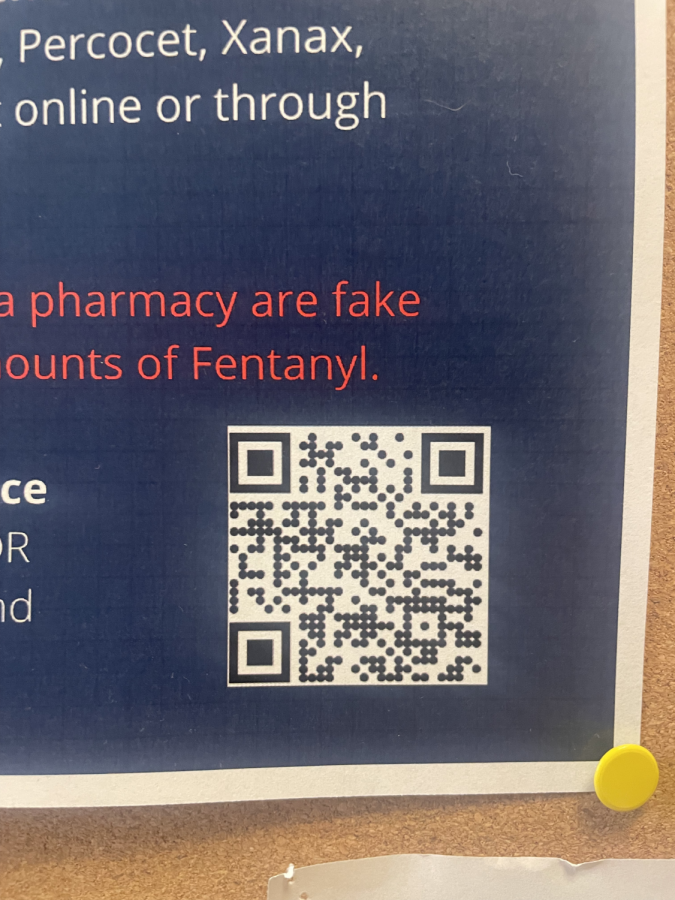Editorial: Tam’s Lack of Knowledge on Opiods and Fentanyl Use

Nov 3, 2022
Electronic vapes and alcohol have become normalized among the substances that students who attend Tamalpais High School abuse. But more serious drugs are affecting our broader community, and there seems to be a deficit in knowledge about them for community members, specifically Tam students. As proven evident by the feature article, “Title here,” hard-core drugs, specifically opioids such as fentanyl, are killing young people at alarming rates and causing a catastrophic number of accidental overdoses. These drugs can be found laced into marijuana and other substances and are often not labeled correctly.
It is important for Tam High to do everything in its power to prevent drug-related incidents through education and awareness as a precaution rather than once a tragedy already strikes. The Journal of the American Medical Association (JAMA) conducted a study on the changing rate in both adult and adolescent drug overdoses, specifically fatal ones. It was found that drug use for teens has remained steady while overdose deaths are growing exponentially throughout the country, meaning the drugs that teens are doing are becoming increasingly more fatal. “The overdose mortality rate among U.S. adolescents 14 to 18 years old rose by 94% between 2019 and 2020,” U.S. News wrote in response to the JAMA study.
“Students definitely don’t talk about hard drugs enough. We talk about mild drugs/substances a lot like nicotine, marijuana, and alcohol because they are more common in our community, but hard drugs are also present and we’re not super equipped to deal with them,” senior and Activism Commissioner for leadership Ella Clark said. “Organizations like rxSafe Marin are really awesome for education and resources and they also have narcan [a nasal spray used for treatment during an opioid overdose emergency when there are signs of breathing problems and severe sleepiness or if the person is not responding].
Stronger drugs, such as opioids or even fentanyl, may not seem a part of our everyday life, but they are present in Marin County, and possibly amongst students at Tam High. Though some may be experimenting with these drugs, they may not understand the true severity and threat that these drugs pose to their safety.
“Fentanyl is scary because it is so deadly, and if it’s a large enough dose, just touching it or breathing it can make you die. It is incredibly dangerous,” social issues teacher Charles Garfink said. “I think freshmen should definitely get more information on it.”
The Wellness Center at Tam has been working along this narrative, trying to increase students’ knowledge on these substances. Their newest educational campaign “One Pill Can Kill” brings awareness to non-prescription pills.
“Fentanyl can be found in ANY pill or powder you buy on the street or through social media and can kill you instantly. Be ready to help your friends. Encourage them not to use Oxycontin, Percocet, Xanax, Adderall,” Wellness @ Tam District poster reads.
You don’t need to be scared about getting into trouble; you are doing the right thing by reporting. The Good Samaritan Law will protect any individual who is caught with these drugs but must call help due to an overdose or other accidents. Protect the health of your friends as it may be their only hope.
As a student, utilize Wellness’ resources. If you hear of someone abusing these serious drugs, check in on them and scan this QR code to access Wellness’ help.
Educate yourself and others. Understand what is happening around you and stay up-to-date on the growing information about these drugs.
The tragic accidents that can occur as a product of lack of knowledge, or non-credible sources, are what we need to avoid as a school. Many individuals don’t see the harm before it is too late. Spreading awareness and educating each other at Tam is highly important to preventing accidents or use of these drugs at all.
As a student-body we need to take action to prevent accidents. We need to make sure we are staying educated for our own safety and the safety of our peers. We cannot prevent accidents once they already happen but, we can create awareness so accidents do not happen.



